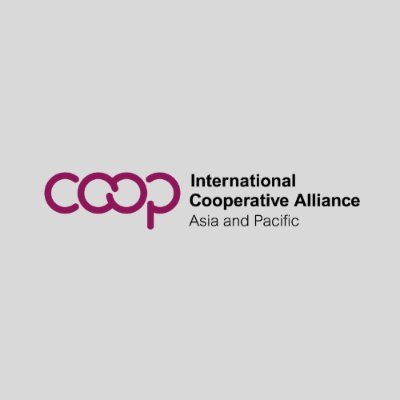Context:
India (for the first time) hosted the inaugural ICA Global Cooperative Conference 2024 and launched the UN International Year of Cooperatives 2025 on November 25, 2024, at Bharat Mandapam in New Delhi.
More on News
- The event was organized by the Indian Farmers Fertiliser Cooperative Limited (IFFCO) in collaboration with the ICA, the Government of India, and prominent Indian cooperatives such as AMUL and KRIBHCO.
- Theme— “Cooperatives Build Prosperity for All. ” The Event also resonates with the Indian Government’s vision of “Sahkar Se Samriddhi” (Prosperity through Cooperation).
ICA Overview
- ICA was Founded in 1895 during the first Cooperative Congress in London, it is one of the oldest and largest non-governmental organizations.
- The International Cooperative Alliance (ICA), with over 306 member organizations in 105 countries, represents approximately 3 million cooperatives worldwide and serves as the apex body for global collaboration, knowledge exchange, and coordinated action.
- Its members include international and national cooperatives from various sectors, such as agriculture, banking, consumer goods, fisheries, health, housing, insurance, and industry & services.
History of ICA in India
- “In 1957, Dr. G. Keler, a Swedish cooperative expert, toured several Asian countries, including India. It was decided at the 1958 Kuala Lumpur Conference to establish the ICA Regional Office in New Delhi.”
- India’s first Prime Minister, Jawaharlal Nehru, officially inaugurated the ICA Regional Office on November 14, 1960, and Education Centre (ICA ROEC) in New Delhi.
Governance Structure of ICA-AP (Asia Pacific)
- ICA-AP operates within ICA’s global governance framework, with the following key bodies:
- Regional Assembly: The highest policy body where member organizations discuss regional and global issues.
- Regional Board: Supports the implementation of policies made by the Regional Assembly.
- Sectoral and Thematic Committees: Focus on areas like agriculture, finance, and sustainable development.
India’s Cooperative Movement
- India’s cooperative movement is vital to its socio-economic structure, embodying the values of unity, mutual aid, and collective prosperity.
- The principle of Vasudhaiva Kutumbakam (“the world is one family”) has guided India’s cooperatives, promoting solidarity and mutual support.
Impact of Cooperatives in India
- Cooperatives in India span sectors like agriculture, banking, housing, and rural development, empowering marginalized communities and contributing to rural growth.
- India’s National Cooperative Movement is one of the largest globally, involving millions of people.
Types of Cooperatives in India
- Key types of cooperatives in India include:
- Consumers’ Cooperatives: Provide goods at reasonable prices (e.g., Kendriya Bhandar).
- Producers’ Cooperatives: Support small producers with raw materials (e.g., APPCO).
- Marketing Cooperatives: Help small producers market goods (e.g., AMUL).
- Credit Cooperatives: Offer financial assistance (e.g., cooperative banks).
- Farming Cooperatives: Enable collective farming practices.
- Housing Cooperatives: Provide affordable housing.

